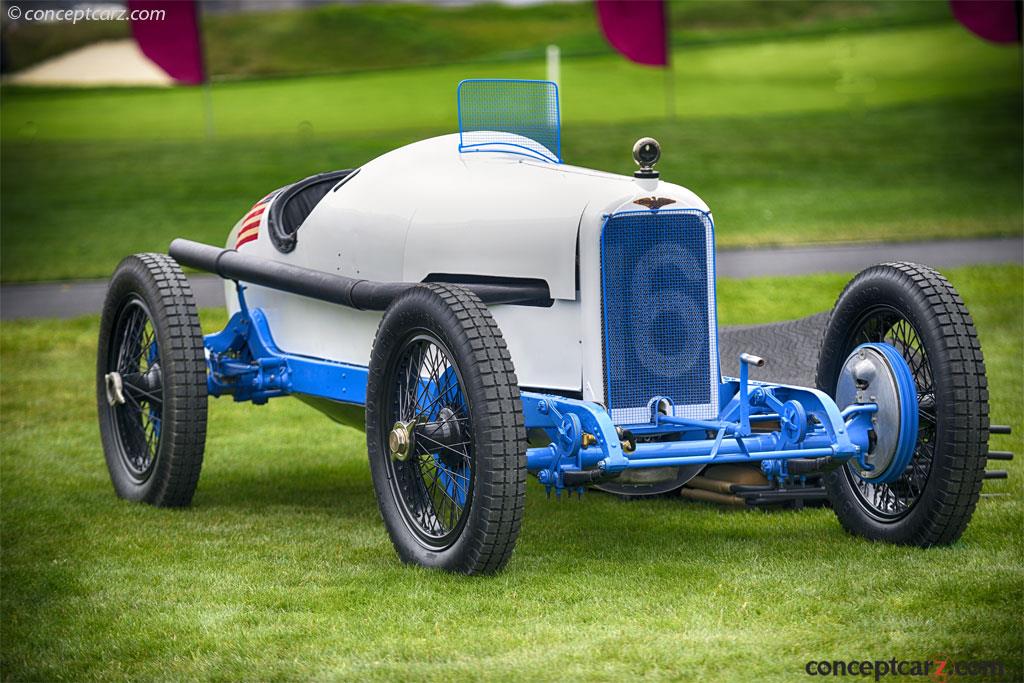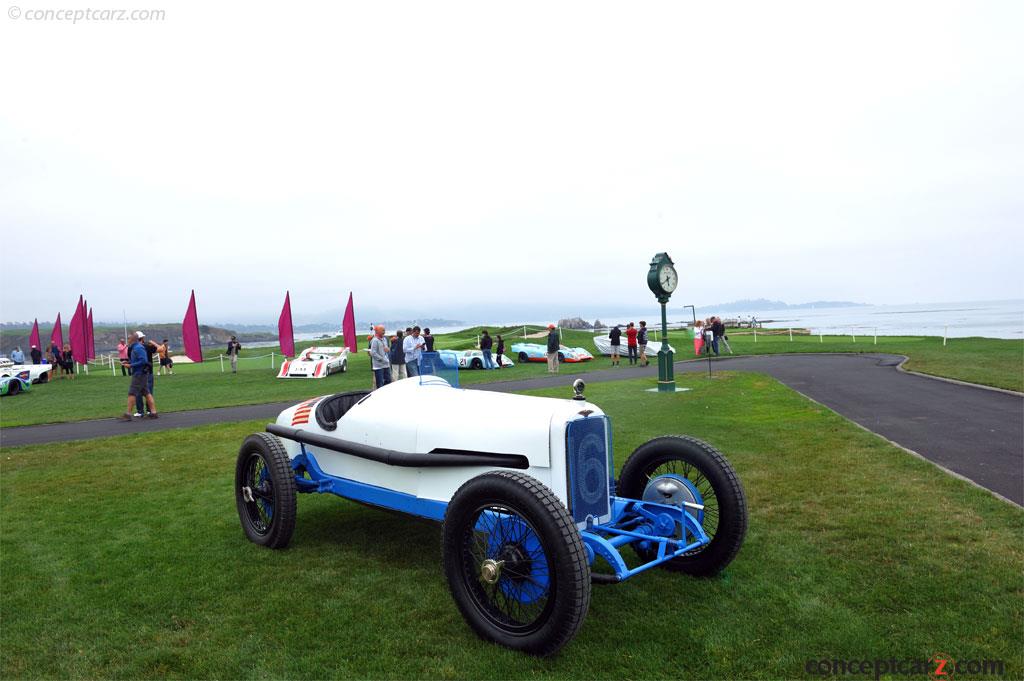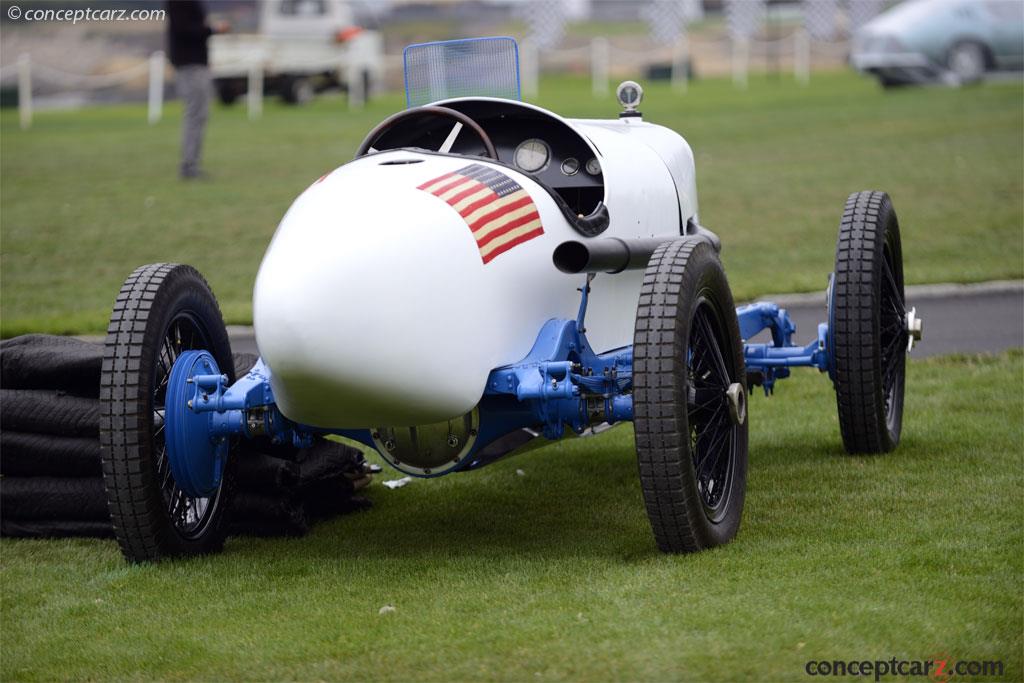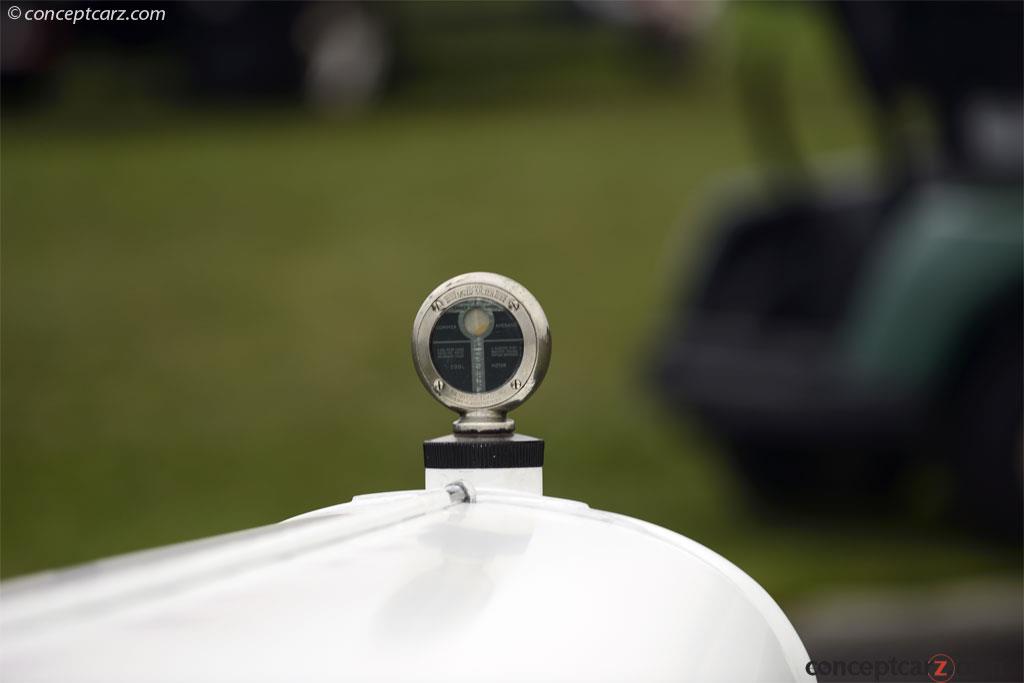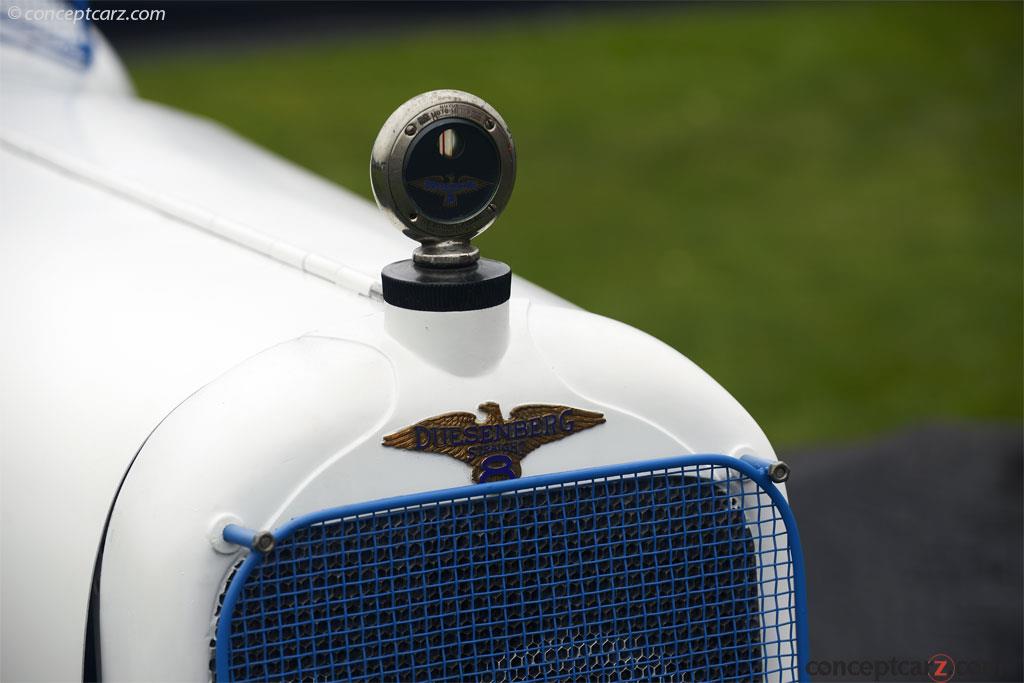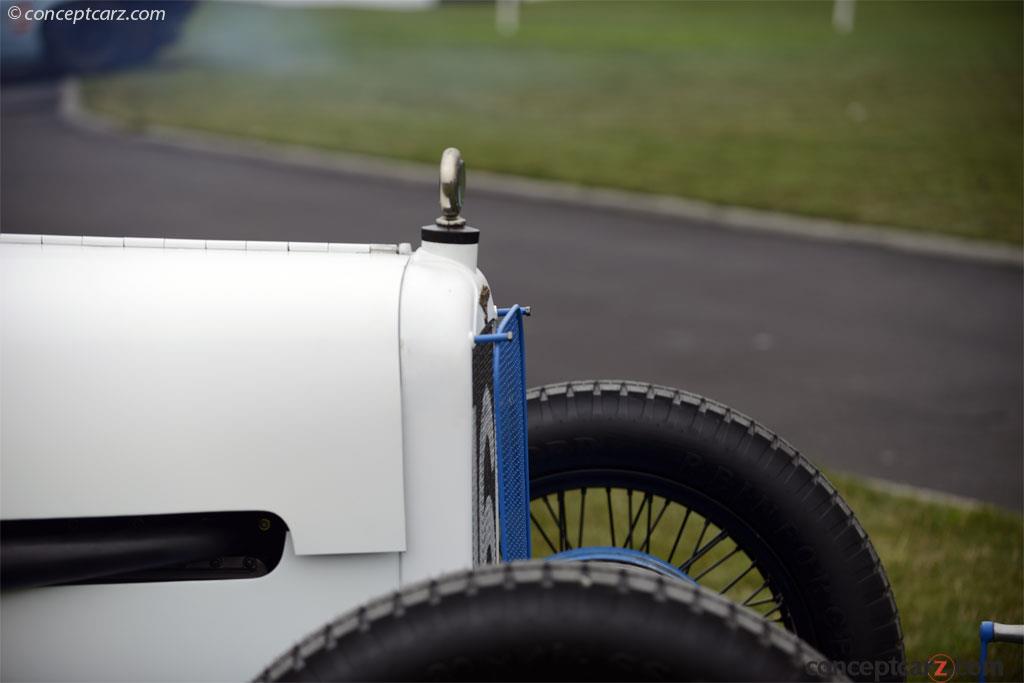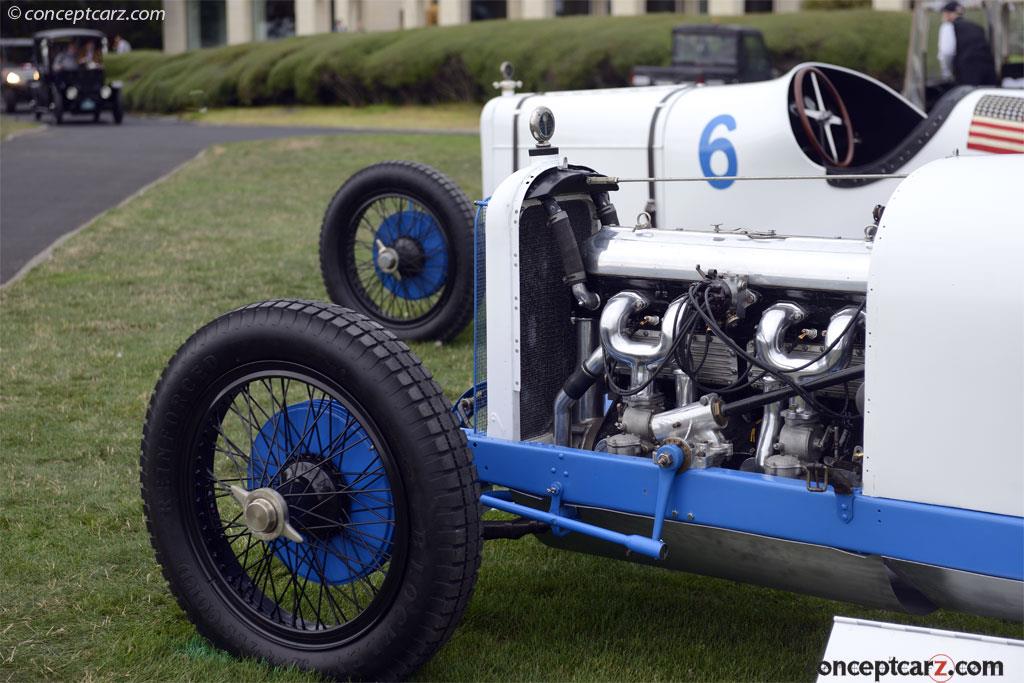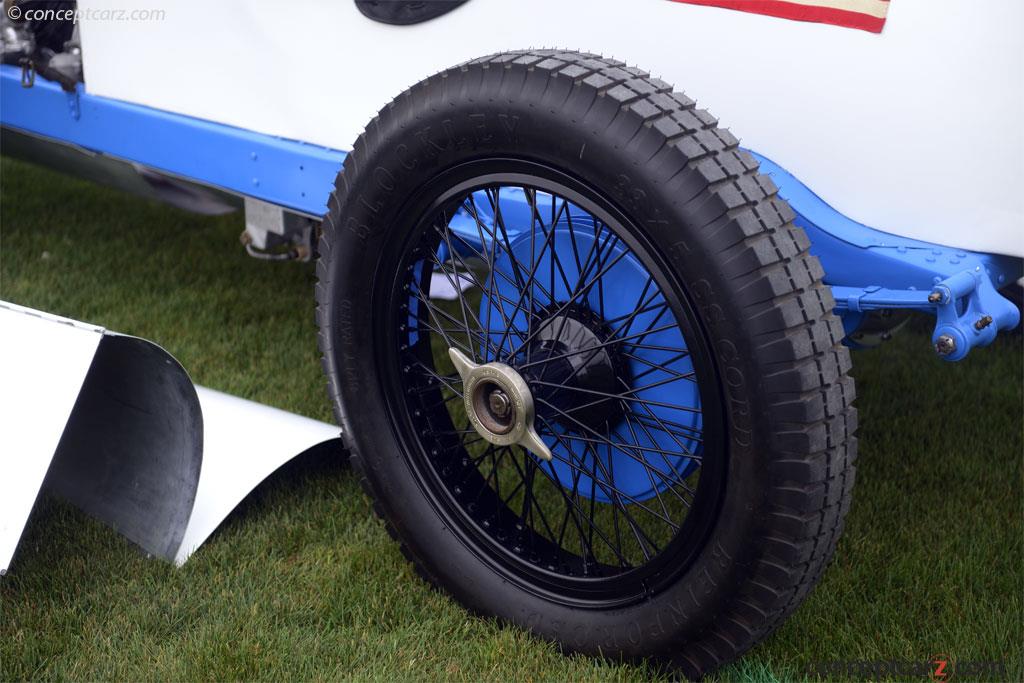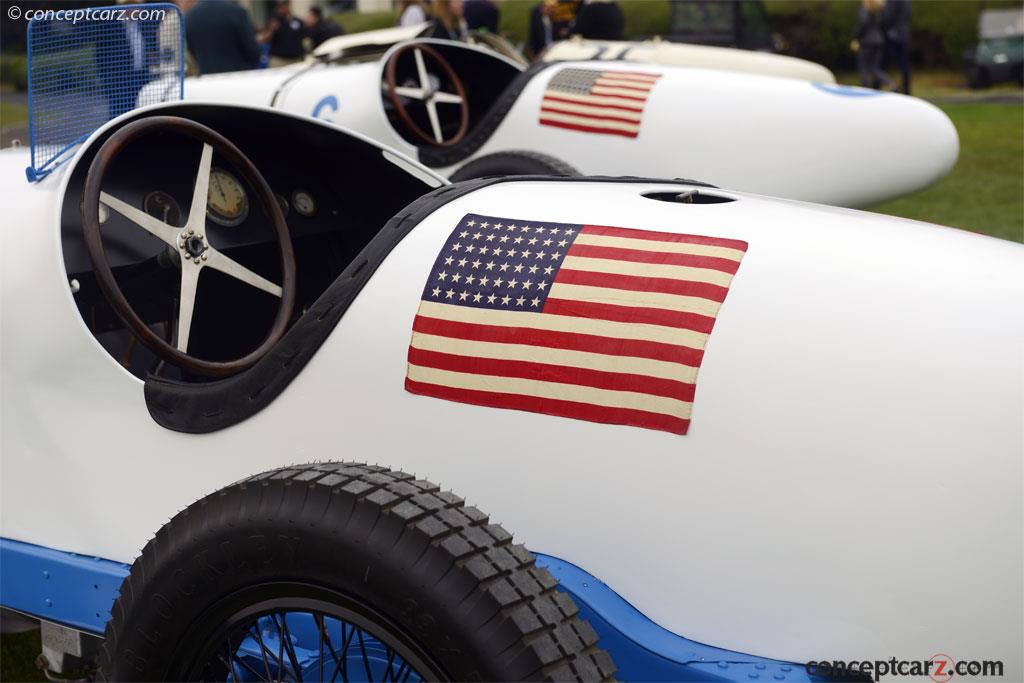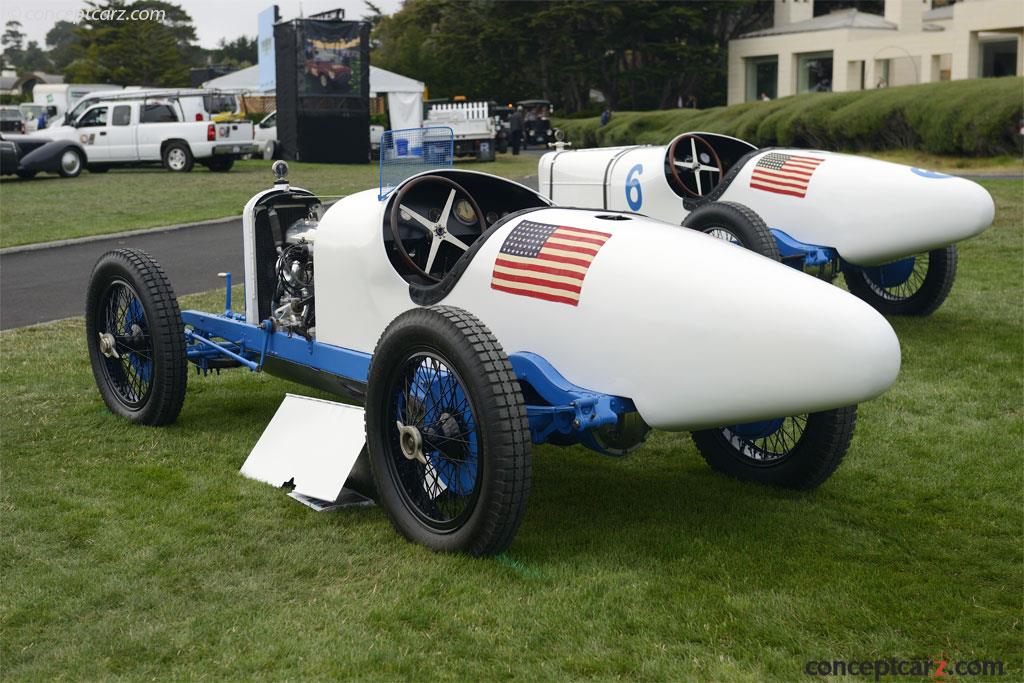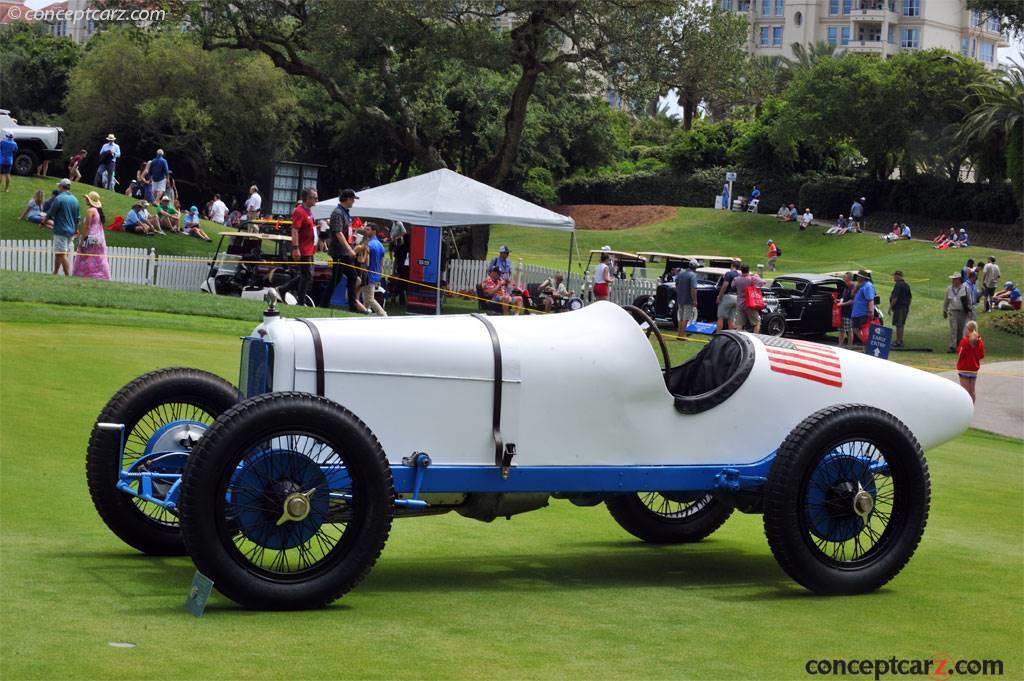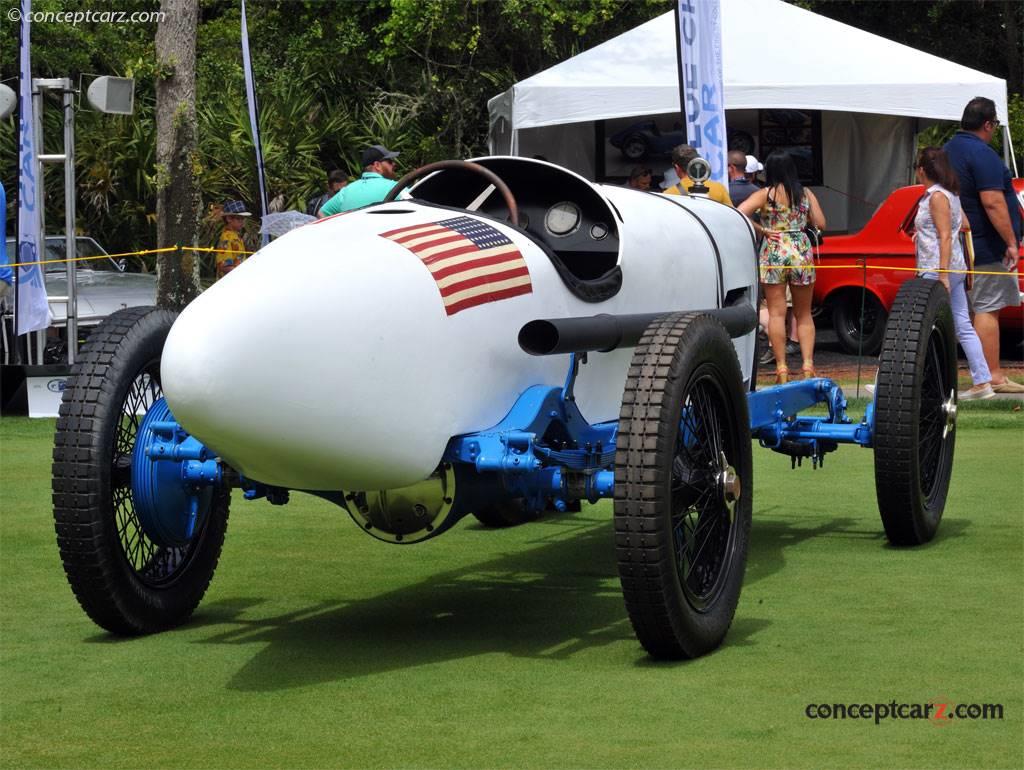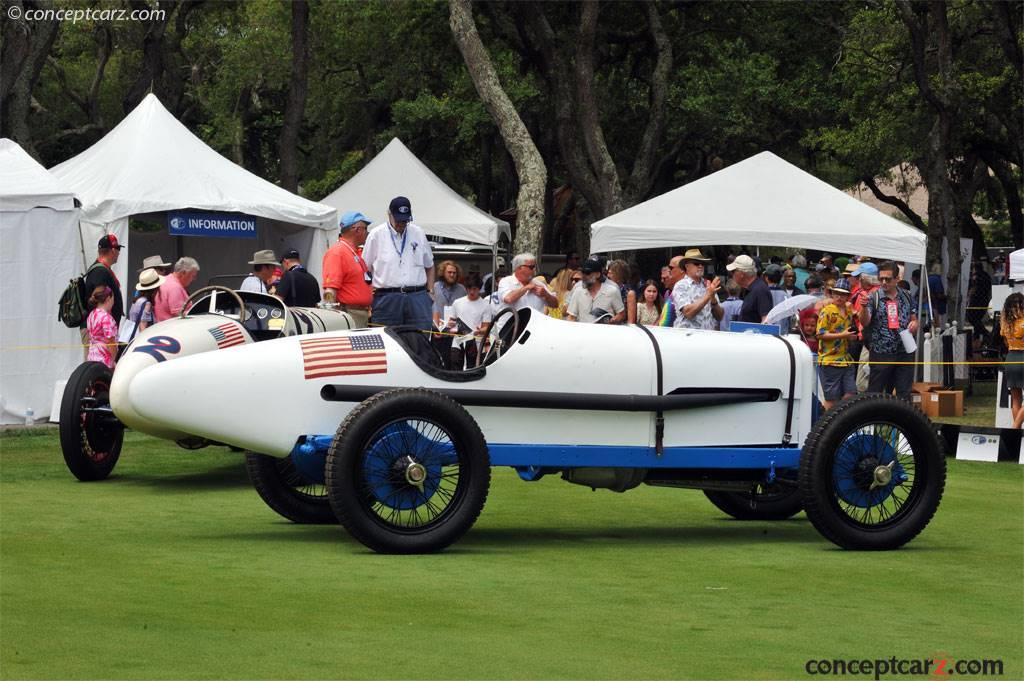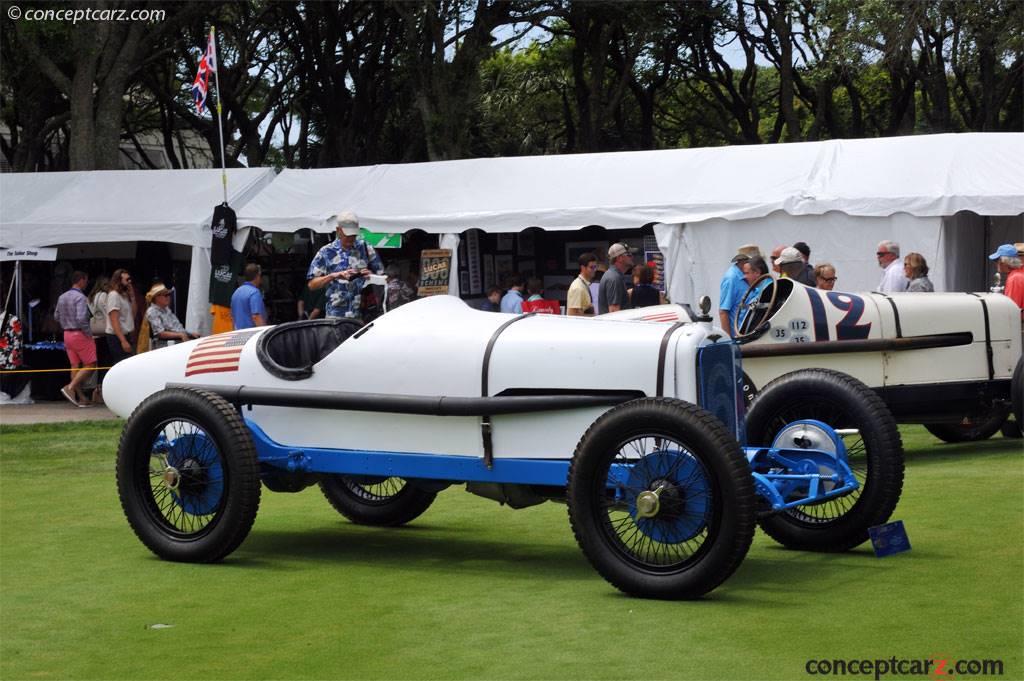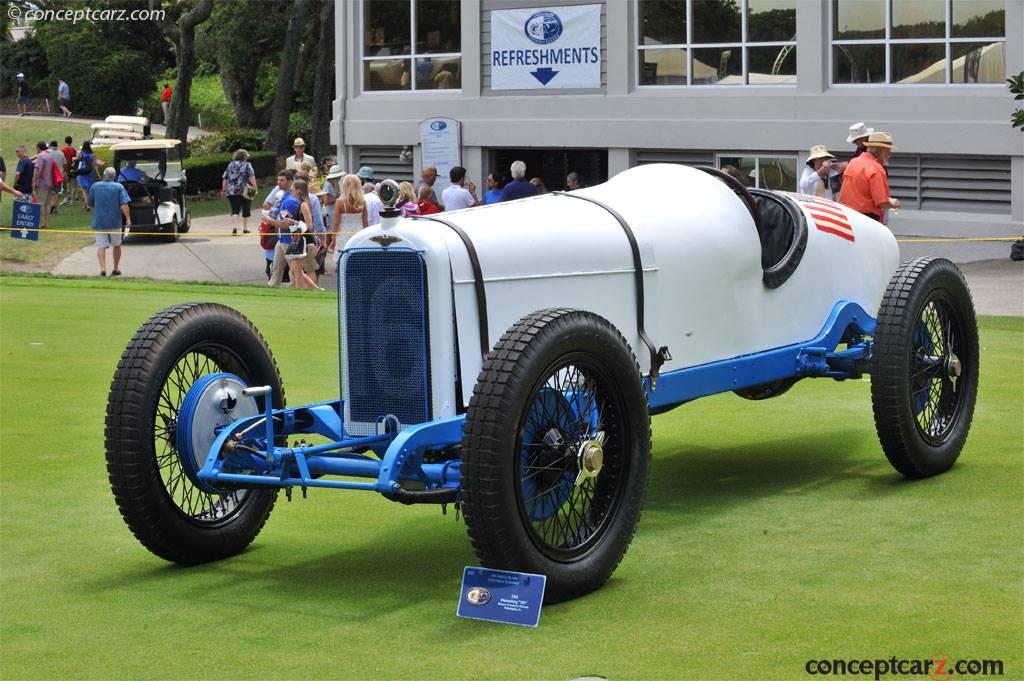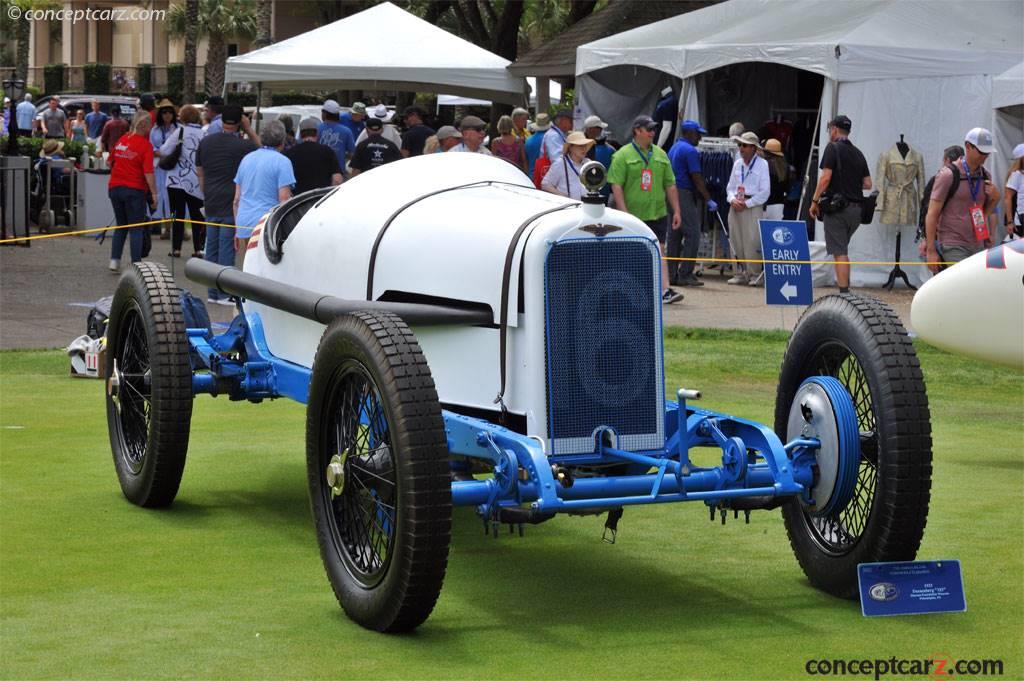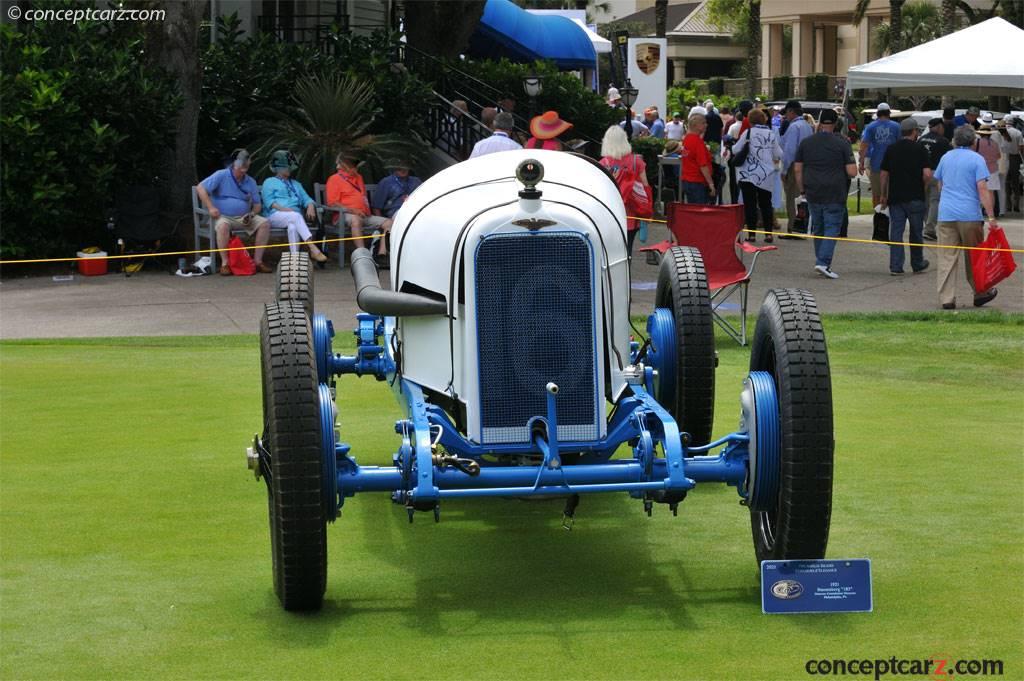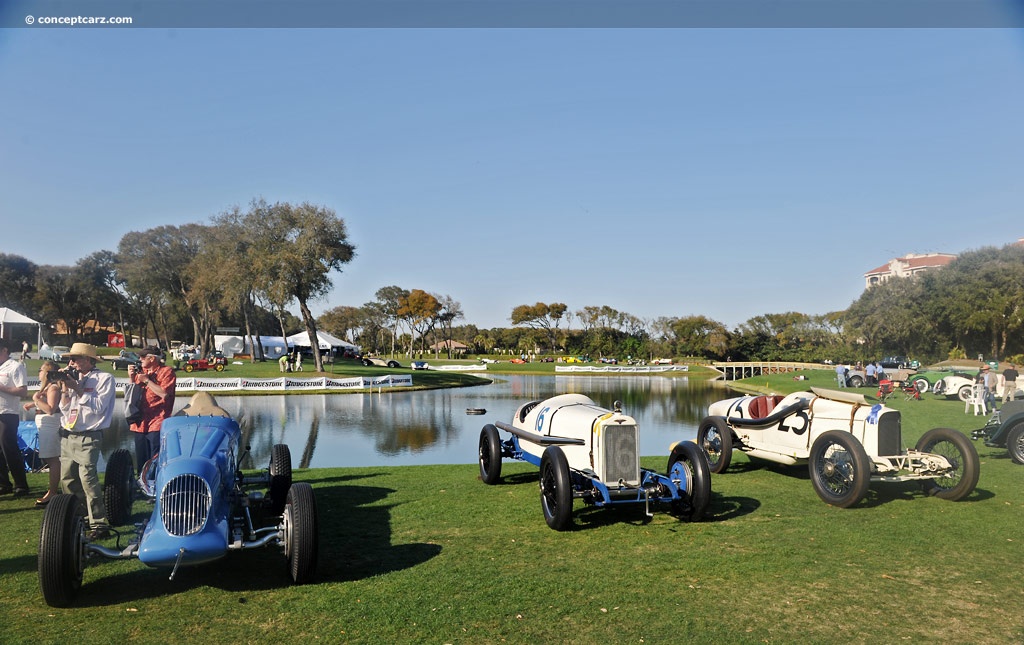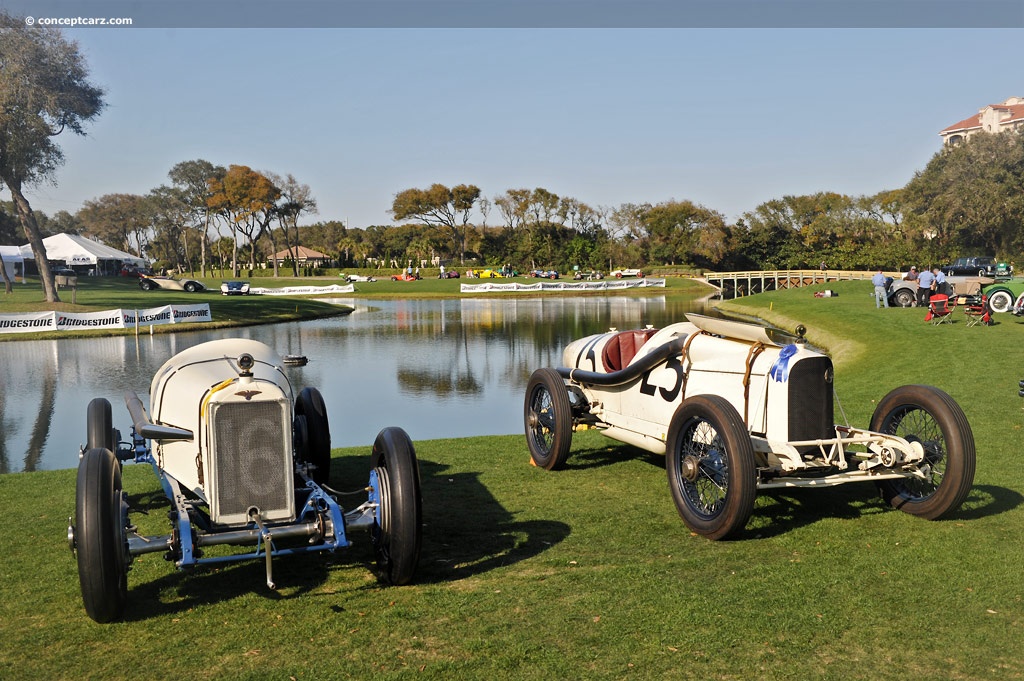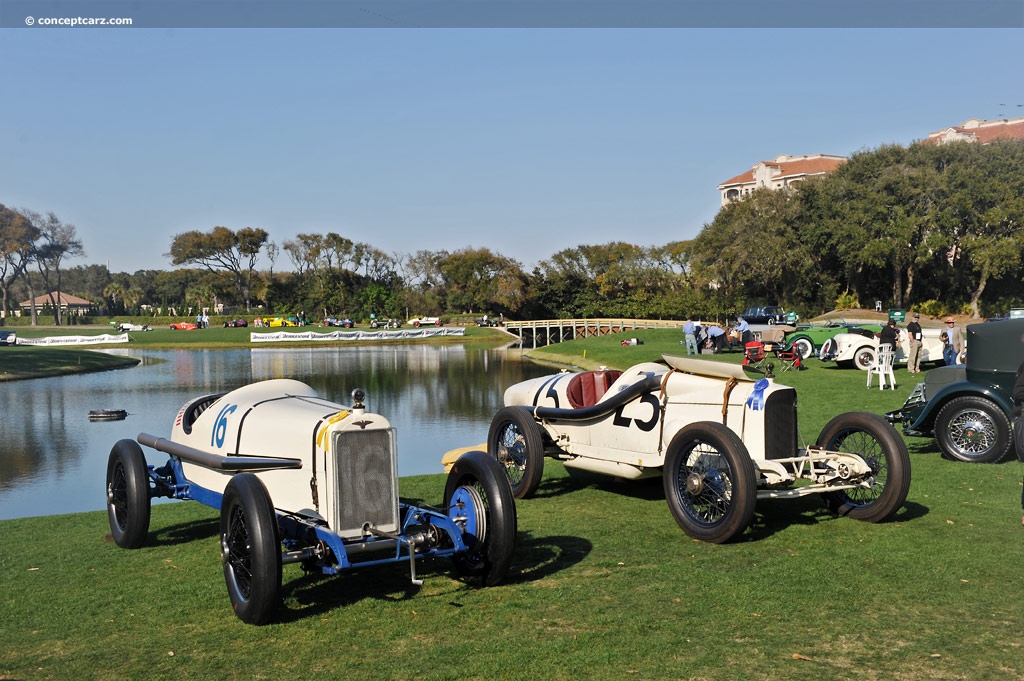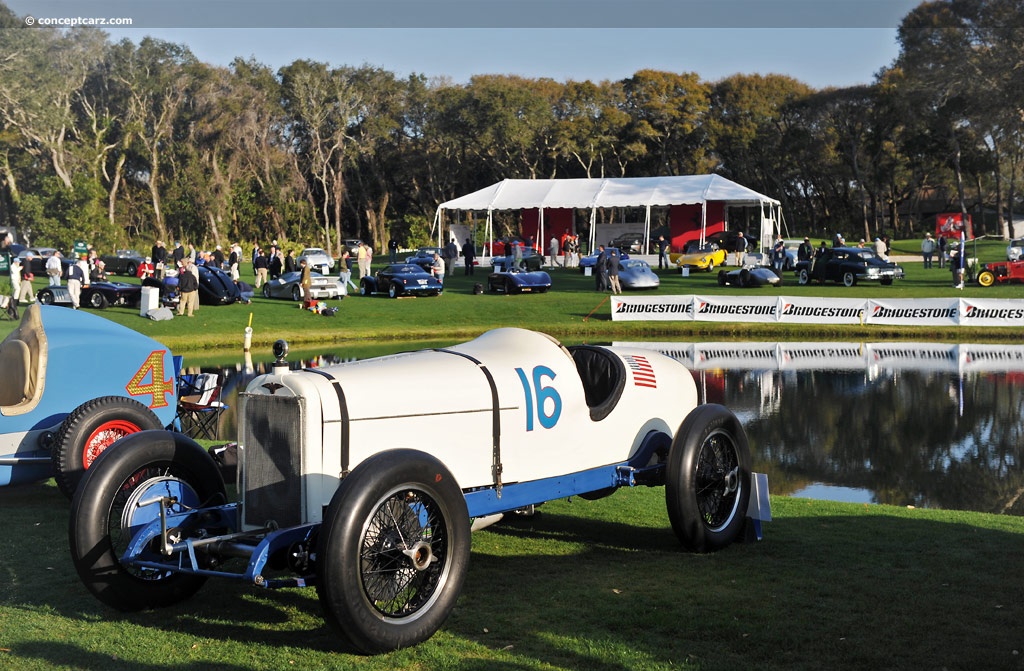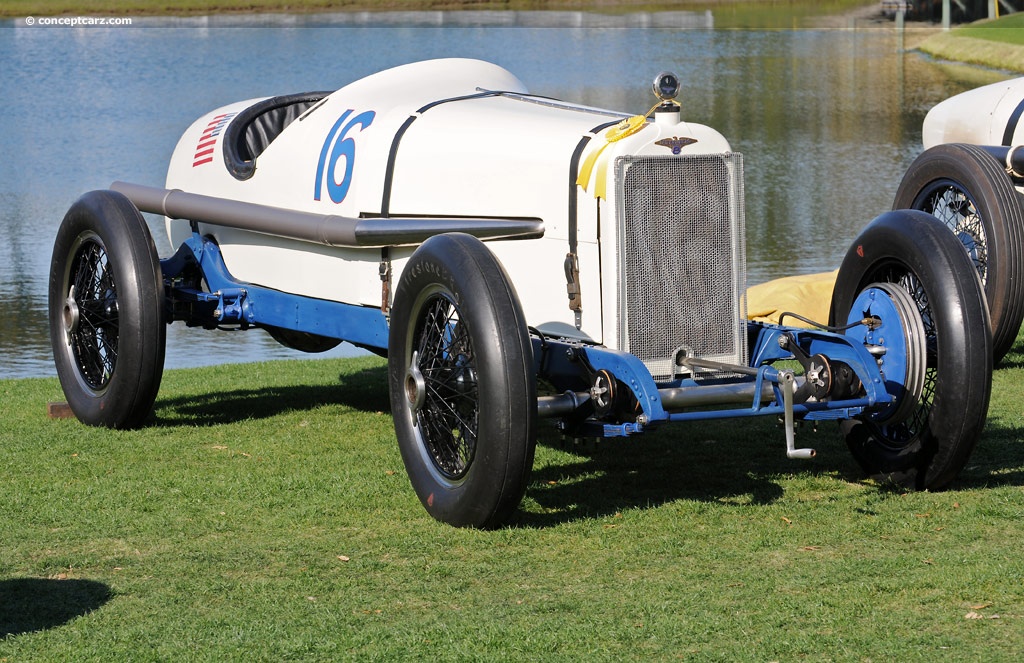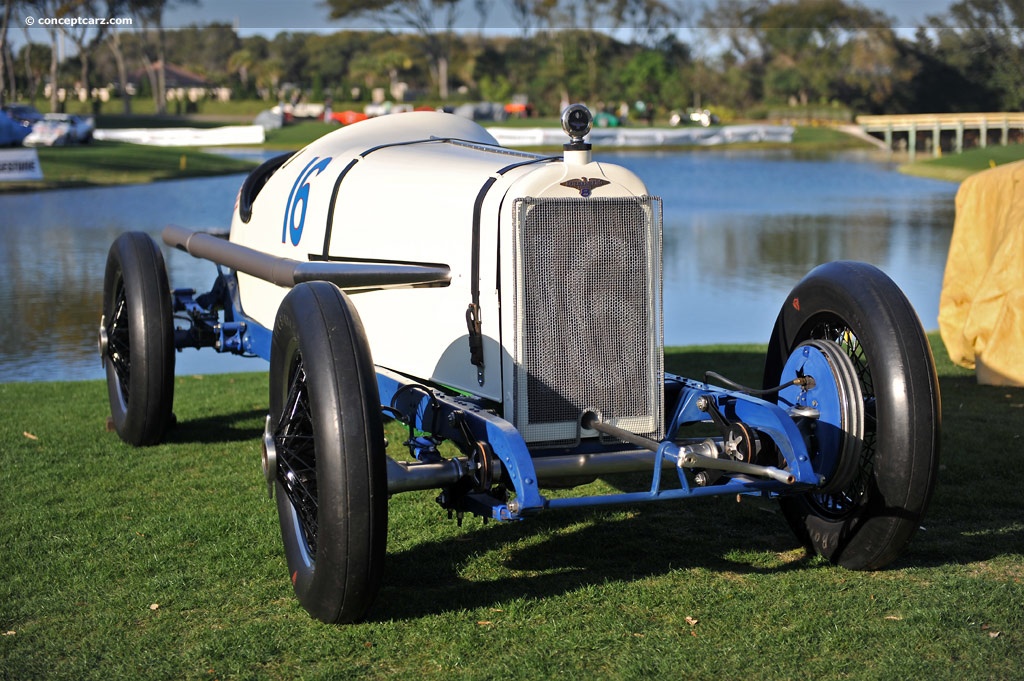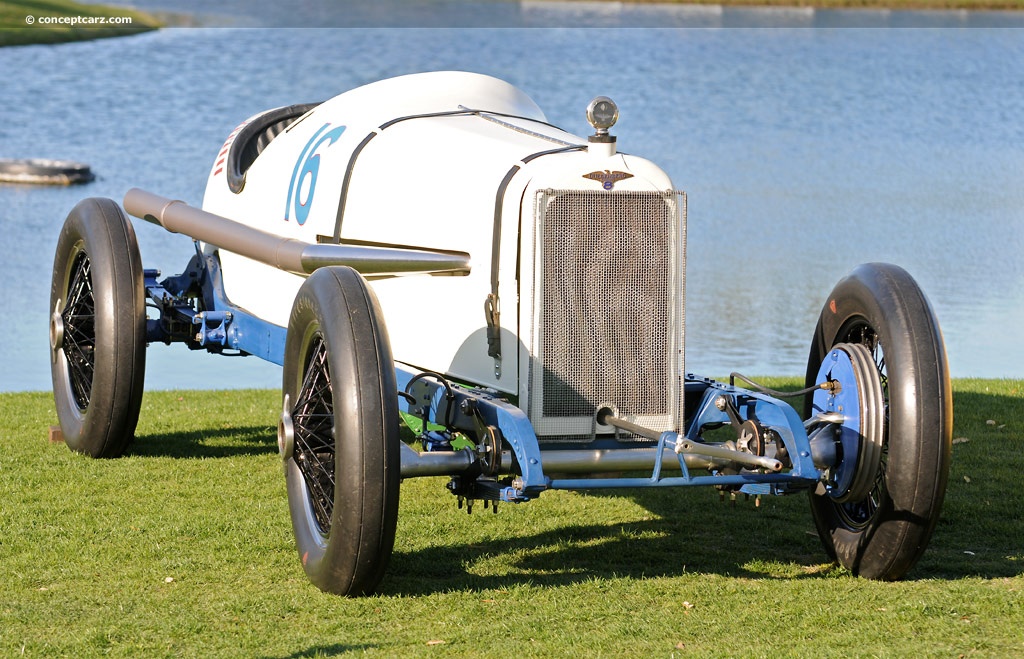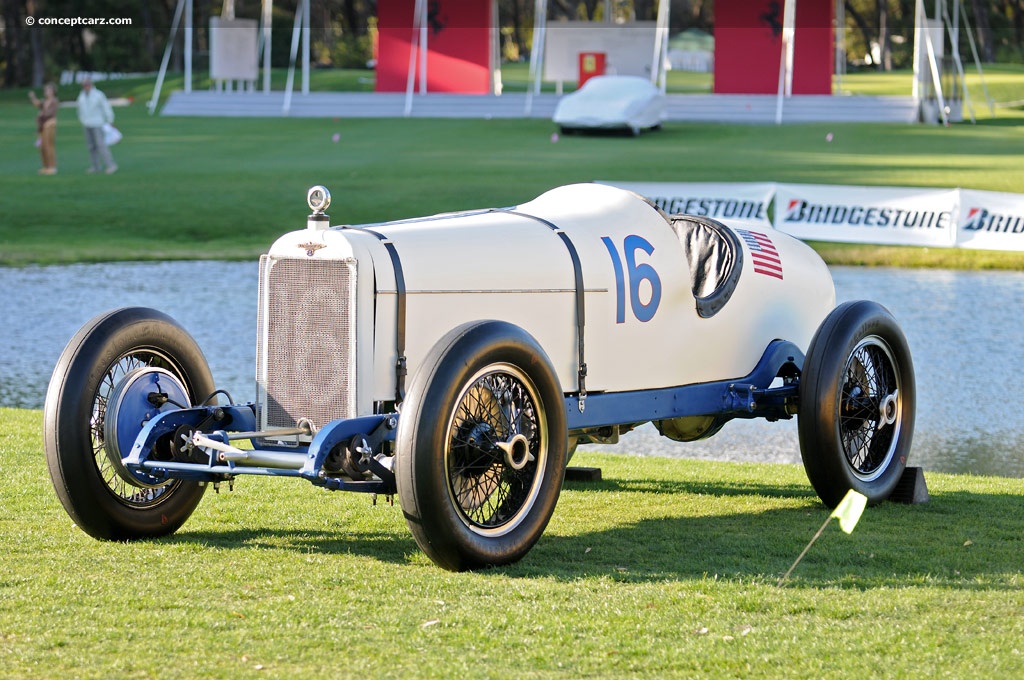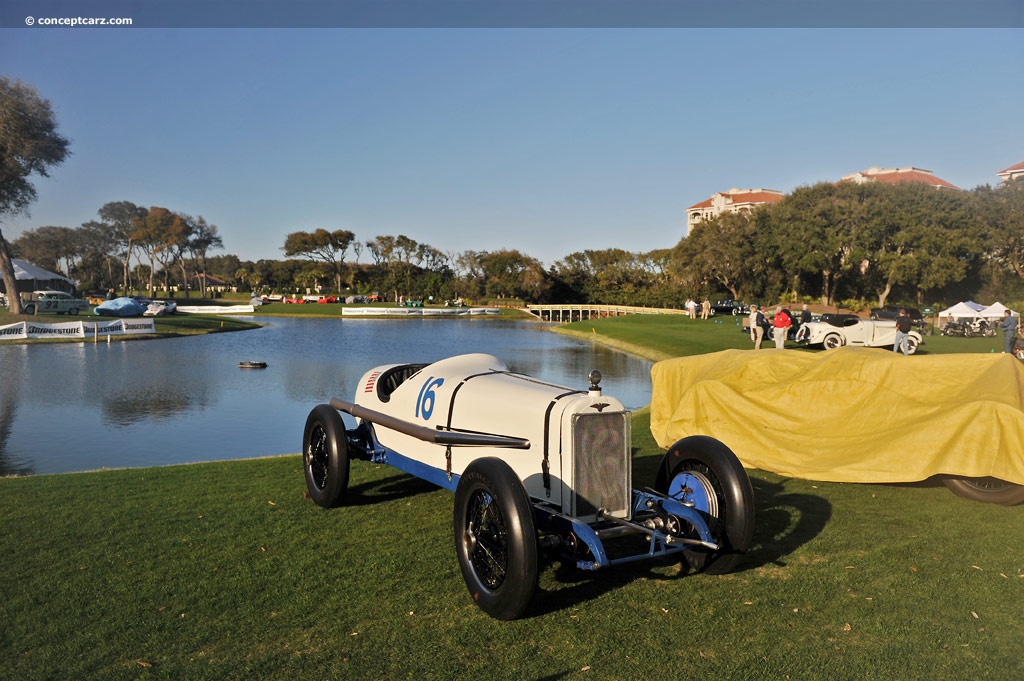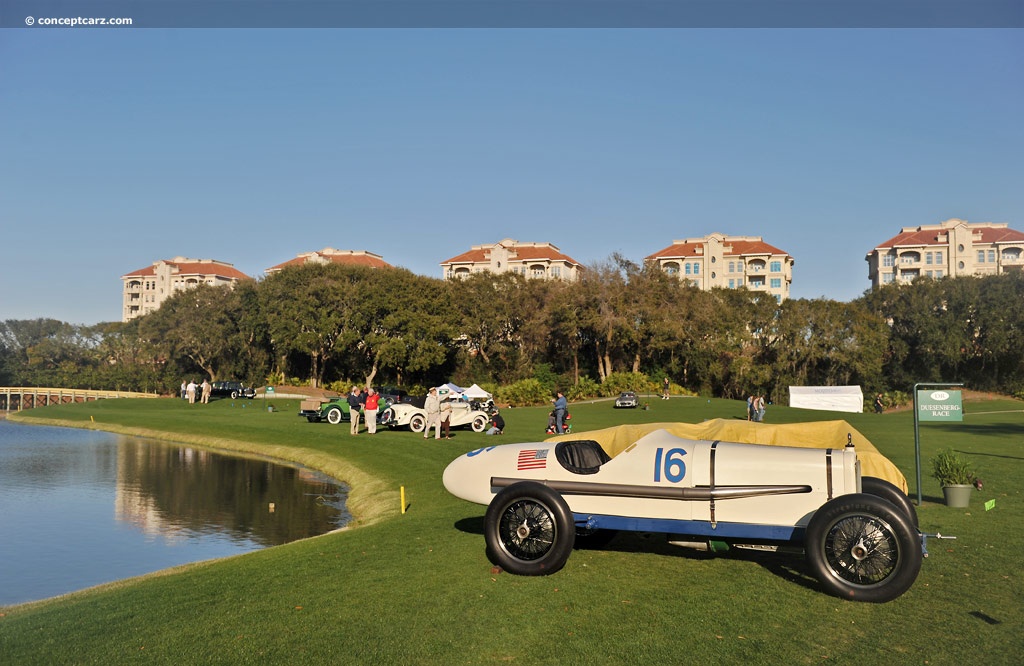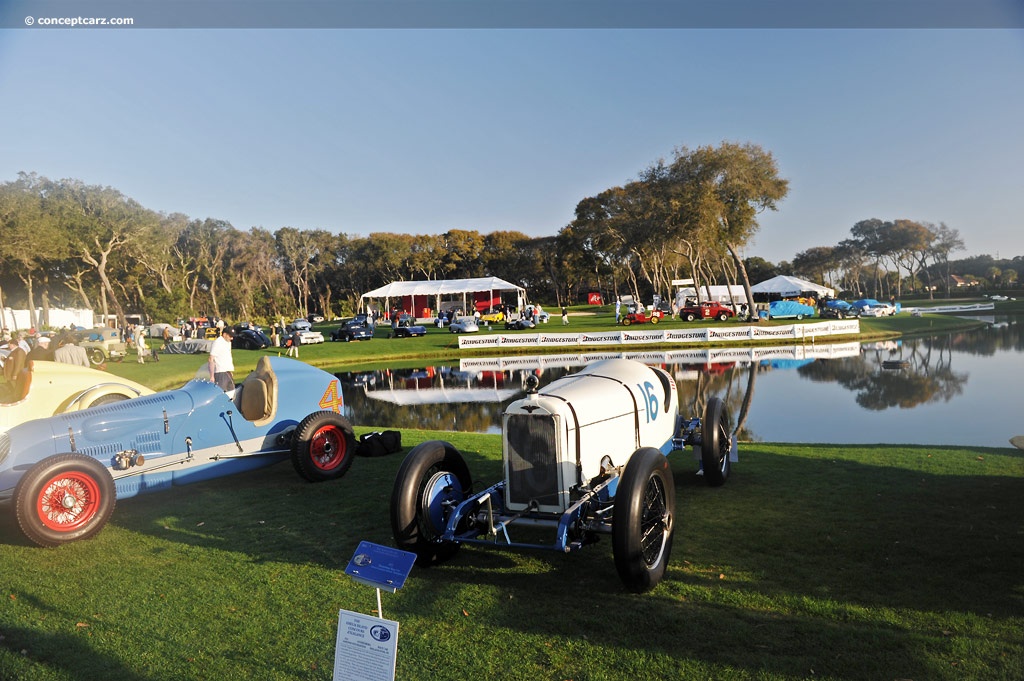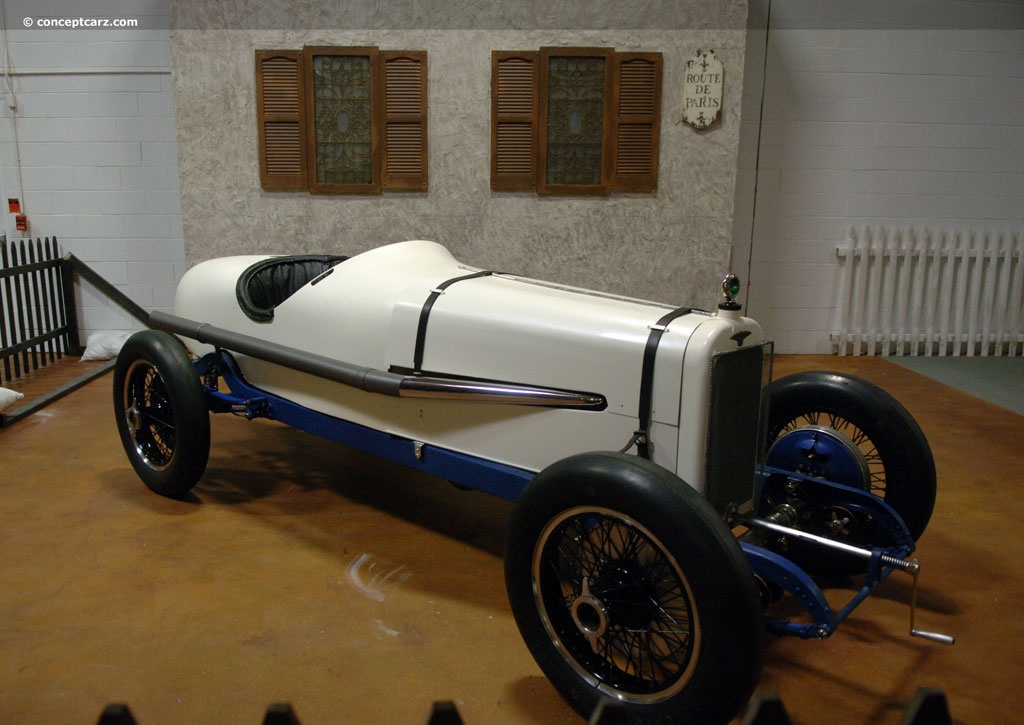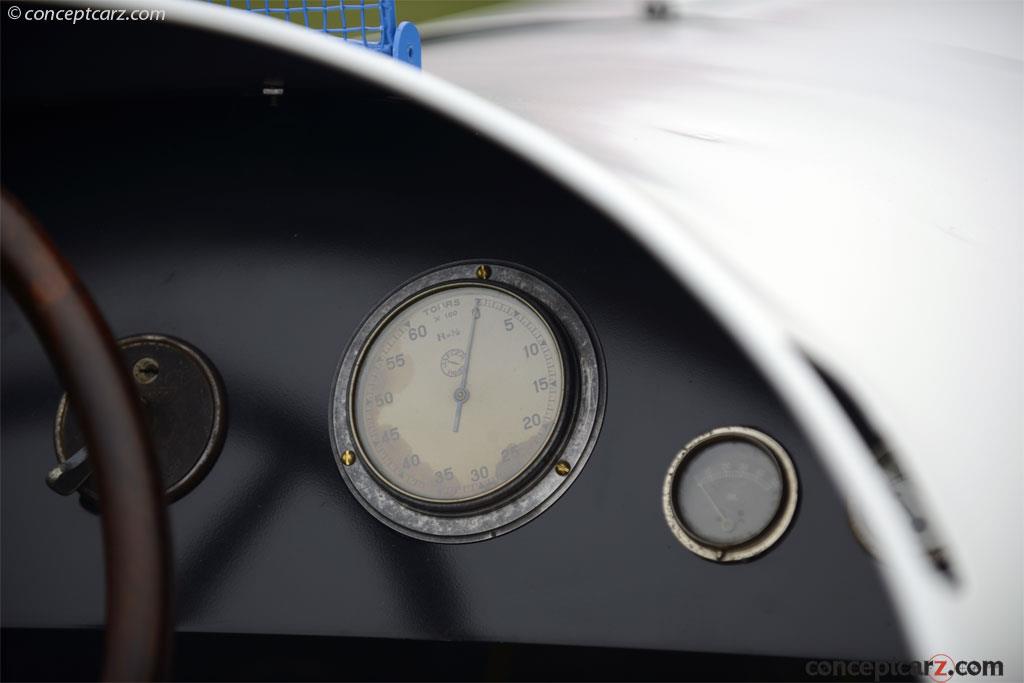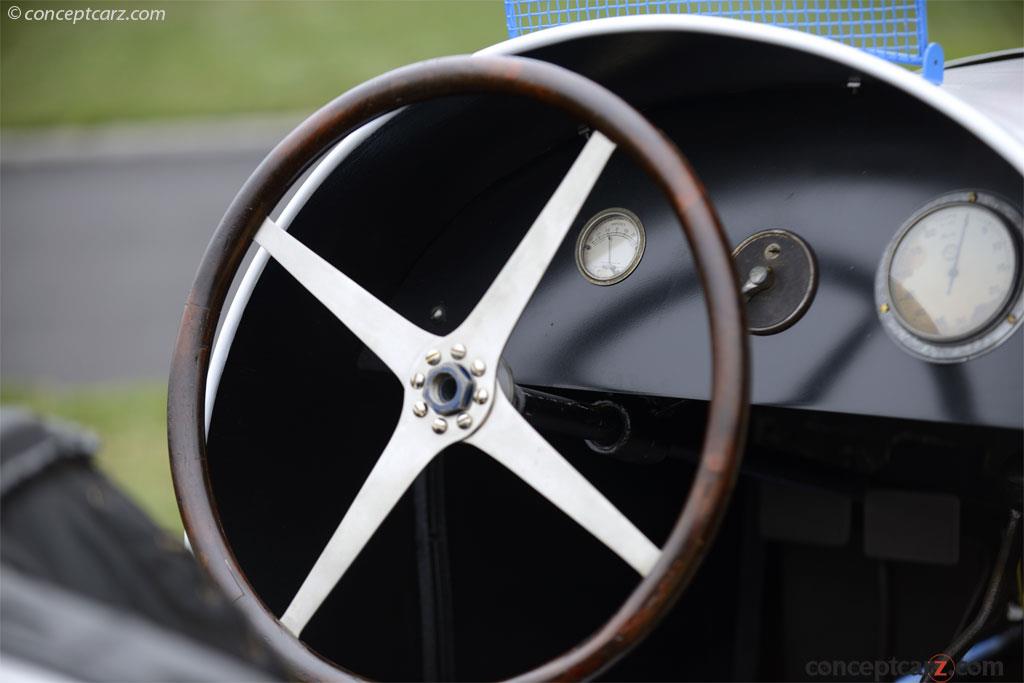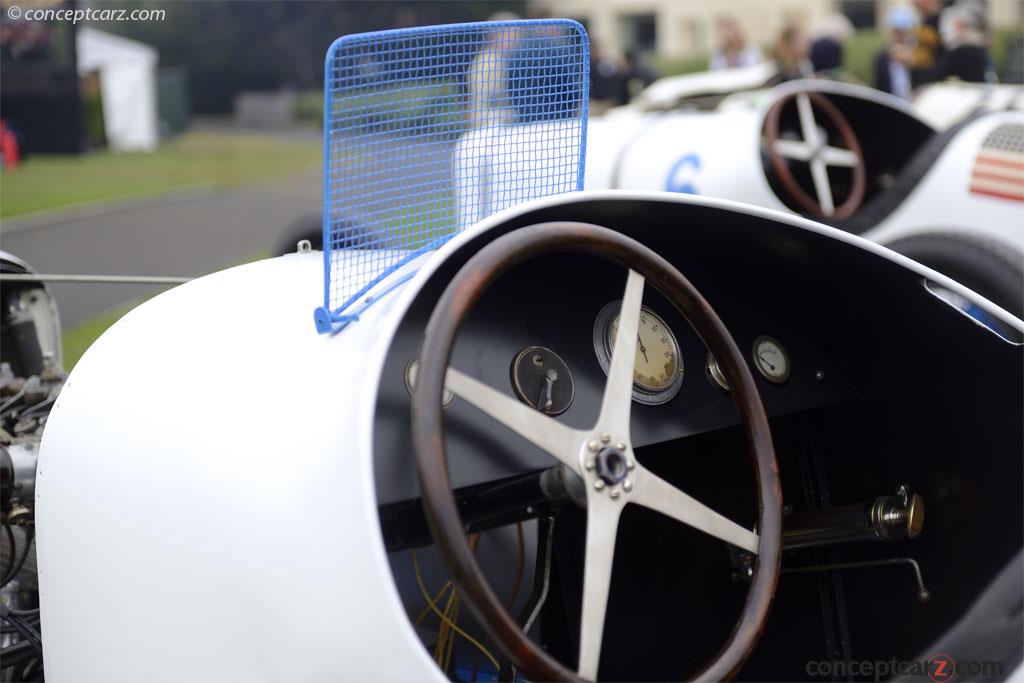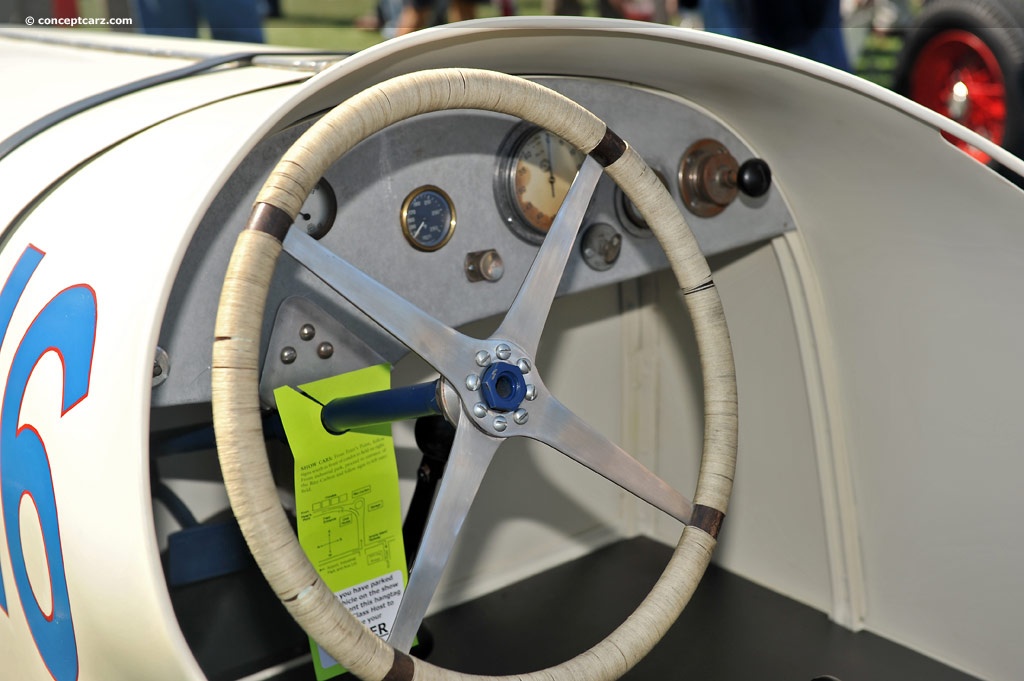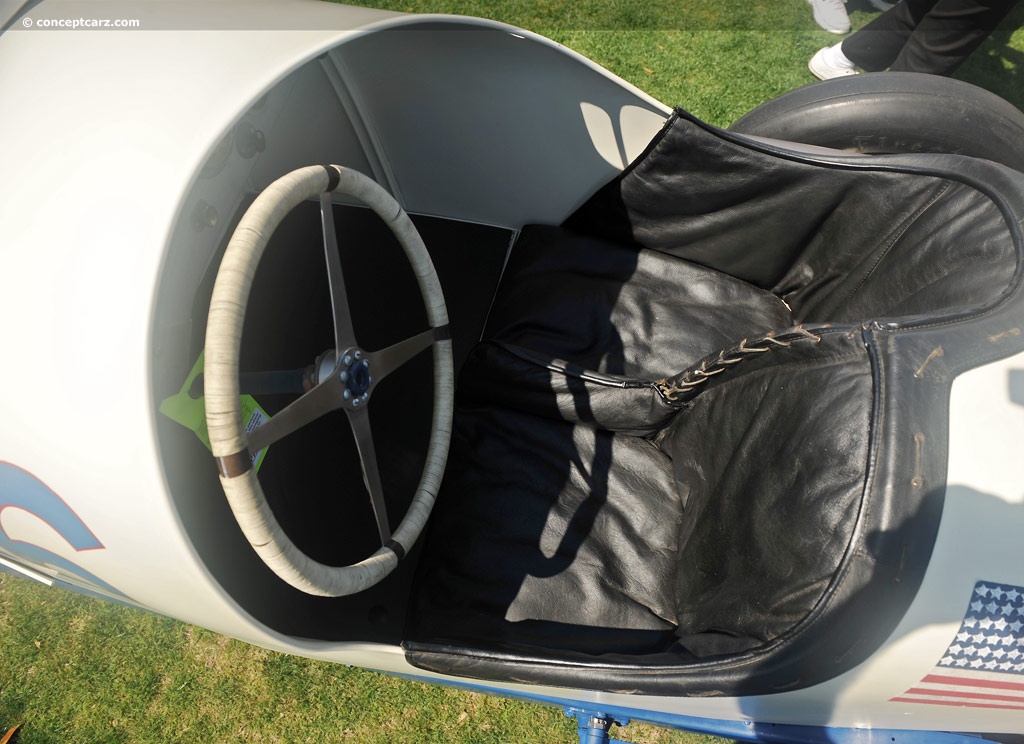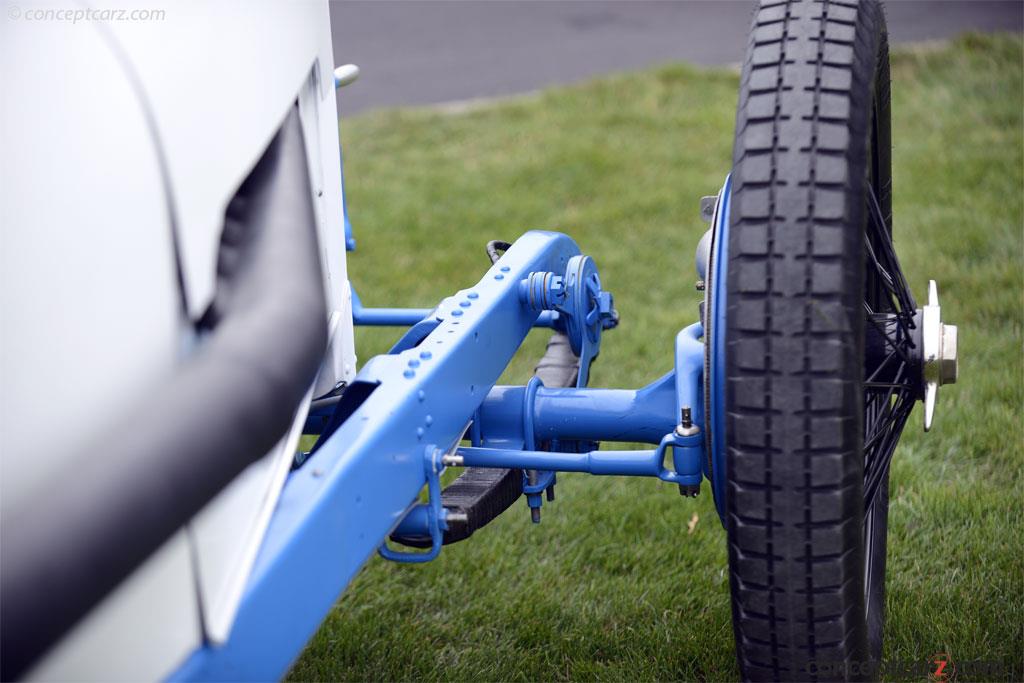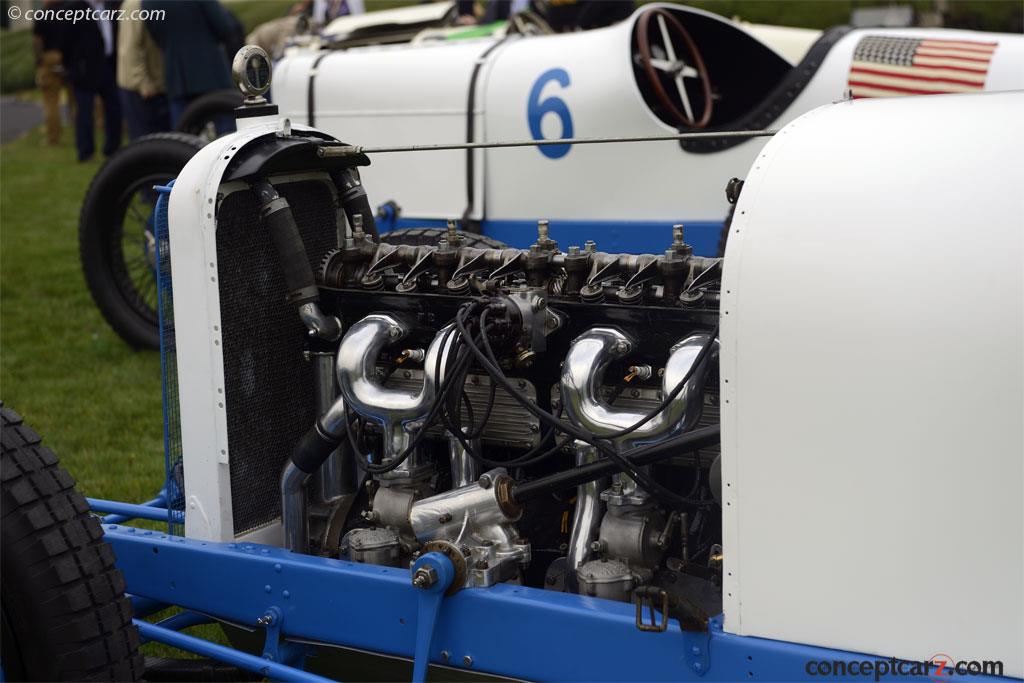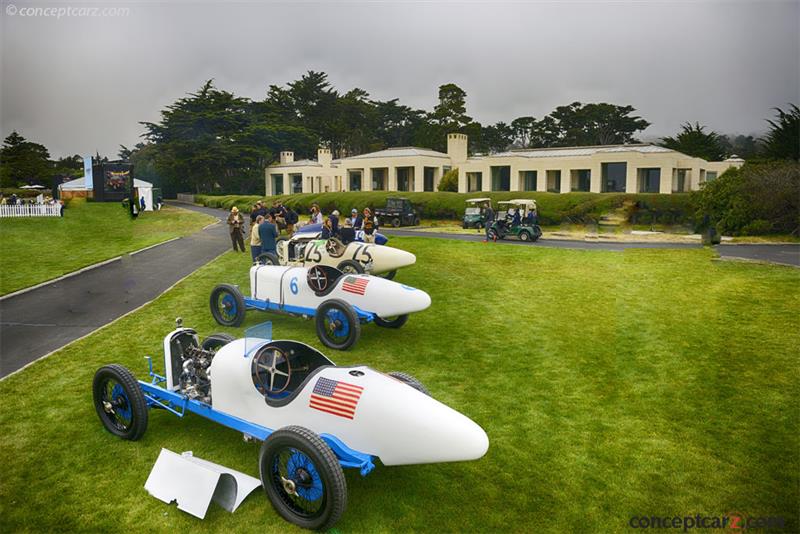Image credit: © conceptcarz.com (Reproduction Or reuse prohibited).
Fred & August Duesenberg were self-trained engineers who used their skills and imaginations to the extent that they became known as pioneering geniuses. Their successes spanned four decades and encompassed everything from bicycling to airplane design.
In 1921, the brothers constructed four race cars, featuring four-wheel braking. These cars were designed for the first post-WWI Grand Prix at LeMans. Jimmy Murphy won the event, piloting one of the three Duesenbergs in its first significant European victory. An American victory of this magnitude was not to occur again until 1966.
This car is one of three cars that was entered in the Grand Prix at Le Mans in 1921. One of the Duesenberg Racers emerged victoriously. This would be the last international race victory for America until 1966. The Duesenberg battled against the quad-brake, French-built, double overhead camshaft Ballot cars. The real competition for the teams was the racing conditions. The course quickly shred the tires making it very treacherous. Many of the Ballots retired prematurely. A Duesenberg driven by Jimmy Murphy was nearly forced to retire due to a pierced radiator and shredded tire. The car was overheating, yet Murphy was determined to compete. Quick and temporary repairs were made in the pits, and the car re-entered the race. Murphy was able to complete the race in fine fashion, having been able to hold off the competition and earn a very prestigious victory.
This Duesenberg 183 is thought to be the car of Joe Boyer, who went out fast, seeking to aggressively push the competition, and subsequently did not finish due to engine failure. The car did perhaps have a role in setting the stage for the win by Jimmy Murphy in another of the Duesenbergs. Before leaving for France, these Duesenbergs also raced in the 1921 Indy 500. And this car continued to have an active racing career in the United States long after the Grand Prix race. When engine sizes were reduced, the engine was switched to a Miller, and as late as 1930 the car sought to qualify for the Indy 500 with a Duesenberg Model A engine. The car was acquired by Fred Simeone in 1950 in its 1930 configuration. It has just undergone an extensive restoration to bring the car back to its 1921 configuration.By Daniel Vaughan | Mar 2011
In 1921, the brothers constructed four race cars, featuring four-wheel braking. These cars were designed for the first post-WWI Grand Prix at LeMans. Jimmy Murphy won the event, piloting one of the three Duesenbergs in its first significant European victory. An American victory of this magnitude was not to occur again until 1966.
This car is one of three cars that was entered in the Grand Prix at Le Mans in 1921. One of the Duesenberg Racers emerged victoriously. This would be the last international race victory for America until 1966. The Duesenberg battled against the quad-brake, French-built, double overhead camshaft Ballot cars. The real competition for the teams was the racing conditions. The course quickly shred the tires making it very treacherous. Many of the Ballots retired prematurely. A Duesenberg driven by Jimmy Murphy was nearly forced to retire due to a pierced radiator and shredded tire. The car was overheating, yet Murphy was determined to compete. Quick and temporary repairs were made in the pits, and the car re-entered the race. Murphy was able to complete the race in fine fashion, having been able to hold off the competition and earn a very prestigious victory.
This Duesenberg 183 is thought to be the car of Joe Boyer, who went out fast, seeking to aggressively push the competition, and subsequently did not finish due to engine failure. The car did perhaps have a role in setting the stage for the win by Jimmy Murphy in another of the Duesenbergs. Before leaving for France, these Duesenbergs also raced in the 1921 Indy 500. And this car continued to have an active racing career in the United States long after the Grand Prix race. When engine sizes were reduced, the engine was switched to a Miller, and as late as 1930 the car sought to qualify for the Indy 500 with a Duesenberg Model A engine. The car was acquired by Fred Simeone in 1950 in its 1930 configuration. It has just undergone an extensive restoration to bring the car back to its 1921 configuration.By Daniel Vaughan | Mar 2011
No auction information available for this vehicle at this time.
Recent Sales of the Duesenberg Grand Prix Racer
(Data based on Model Year 1921 sales)
Duesenberg Grand Prix Racers That Failed To Sell At Auction
1921 Duesenberg Grand Prix Racer's that have appeared at auction but did not sell.
| Vehicle | Chassis | Event | High Bid | Est. Low | Est. High |
|---|
Vehicles With Comparable Market Values
Similar sales to the range.
1921 Duesenberg Grand Prix Racer
• Additional valuation insight and sales data• History
• Specifications
• Image gallery
• Other Duesenberg Grand Prix Racer model years
